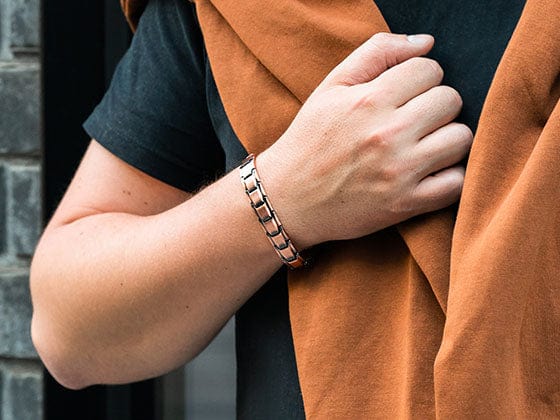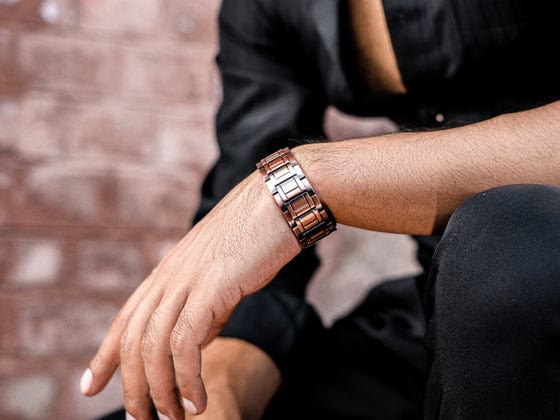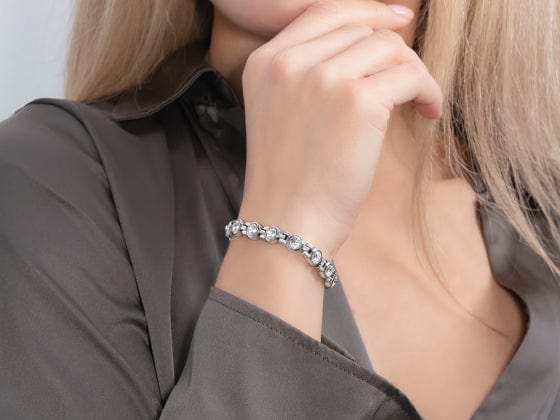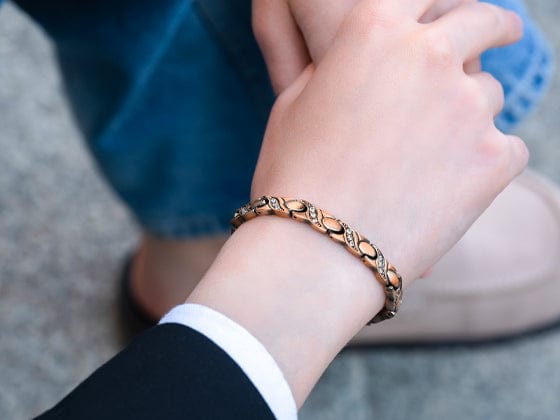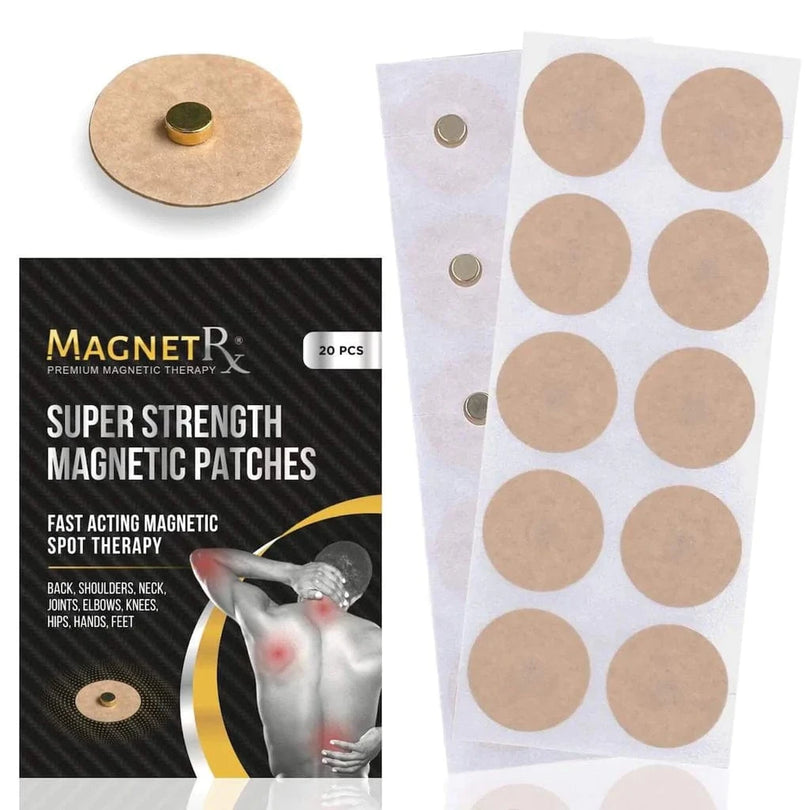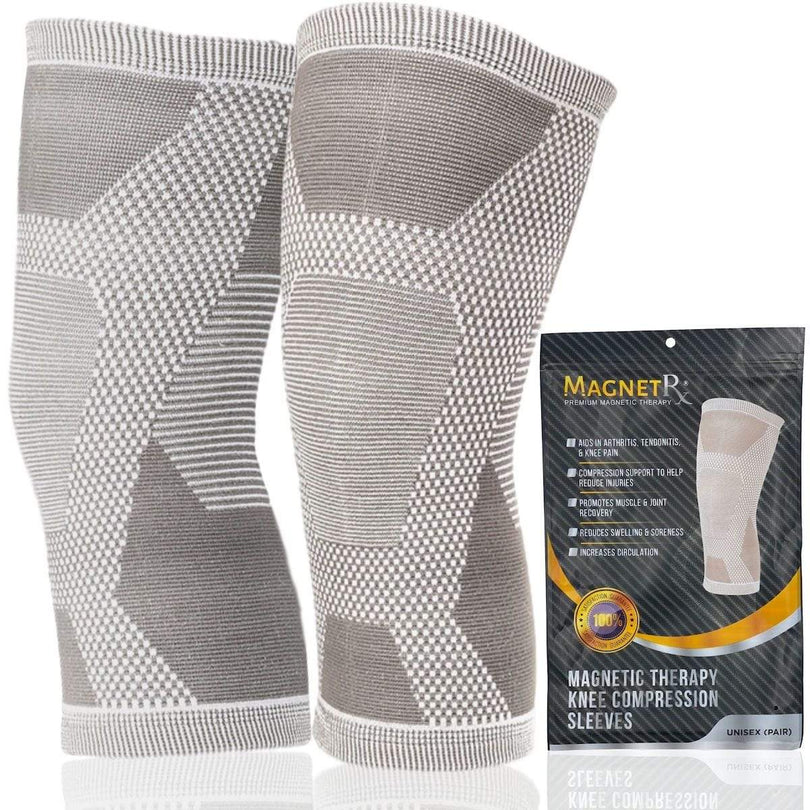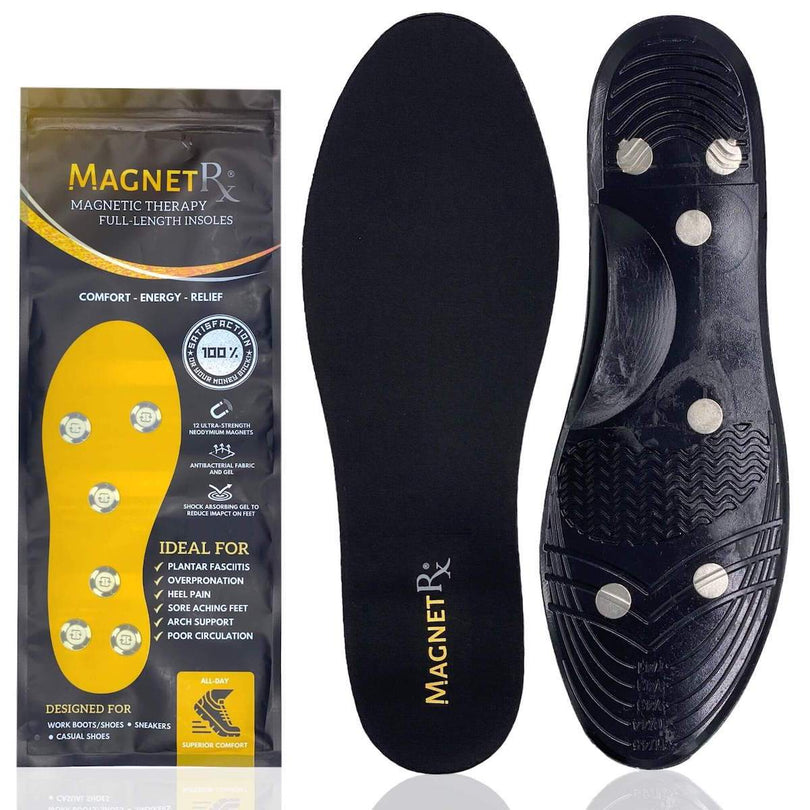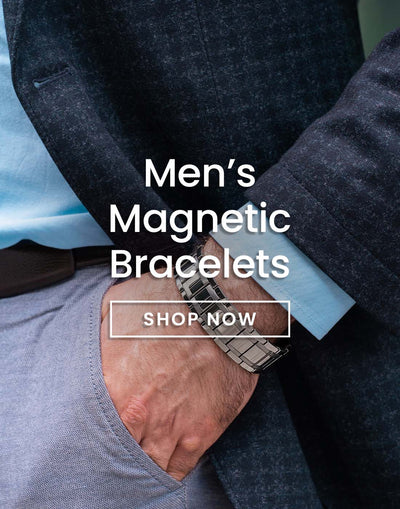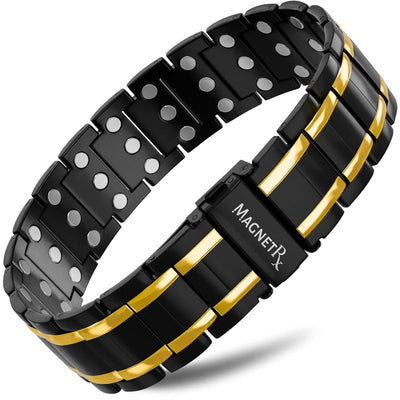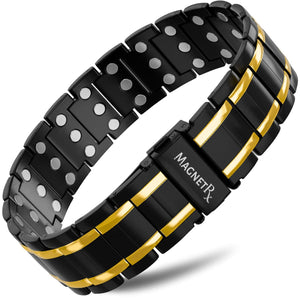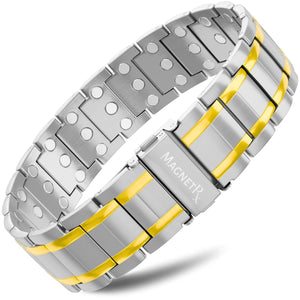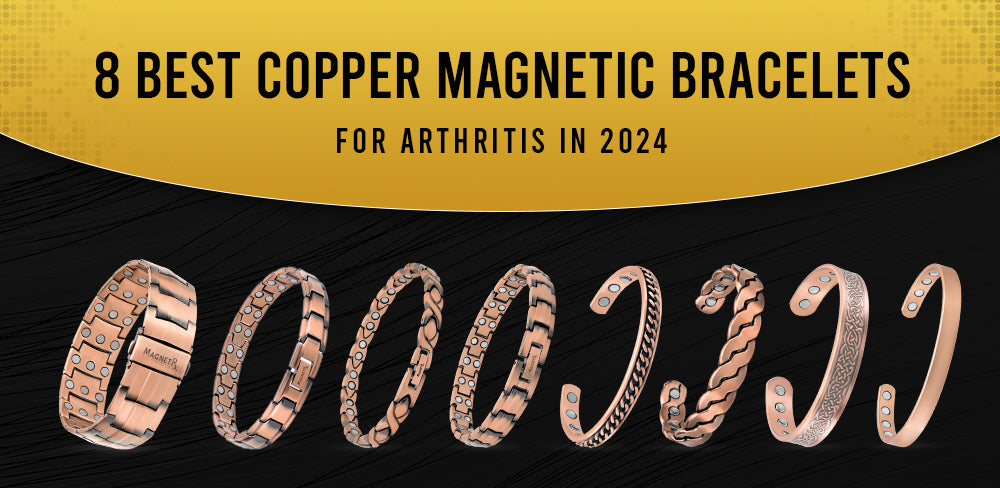Understanding the Mechanism: How Magnetic Therapy Bracelets Work
Magnetic therapy bracelets operate on the principle of using magnetic fields to influence the body’s energy and promote better circulation. These bracelets typically feature small magnets, often crafted from materials like neodymium, known for their strong magnetic properties. The static magnetic fields emitted by these magnets are believed to penetrate the skin and interact with the charged particles in the body’s cells and tissues.
Proponents of magnetic therapy suggest that these magnetic fields could have several potential effects on the body. First, they may influence blood circulation by encouraging the movement of ions and charged particles in the blood vessels. Improved circulation is thought to enhance the delivery of oxygen and nutrients to tissues while aiding the removal of waste products. Additionally, proponents theorize that the interaction between the magnetic fields and the body’s energy pathways could lead to relaxation, reduced inflammation, and potentially even pain relief.
Which Wrist to Wear a Magnetic Bracelet On? Considerations
A frequently asked question in the context of
magnetic therapy bracelets is which wrist to wear them on. Proponents of Traditional Chinese Medicine (TCM) suggest that both wrists are relevant due to the presence of important energy meridians. The inner wrist hosts the Pericardium meridian, associated with the heart, while the outer wrist is traversed by the Triple Burner meridian, linked to bodily functions.
From a TCM perspective, wearing a magnetic bracelet on either wrist could influence the body’s energy flow and potentially offer therapeutic benefits. However, TCM is just one viewpoint, and modern medical science does not fully support the concept of energy meridians in the same way.
An additional consideration is the presence of pain or discomfort in one wrist, hand, or arm. In such cases, wearing the magnetic bracelet on the affected wrist could provide more targeted relief. The proximity of the magnets to the source of discomfort might yield more direct interaction with the body’s energy and circulation, potentially contributing to symptom relief.
Choosing the Right Magnetic Bracelet
If you’re considering purchasing a
magnetic therapy bracelet, it’s important to make an informed choice. Several factors can influence the effectiveness of the bracelet and your overall experience:
- Magnet Type and Strength: High-quality magnetic therapy bracelets often contain magnets made from rare earth materials like neodymium, known for their strong magnetic properties. The strength of the magnets can vary, and some proponents believe that stronger magnets may yield greater therapeutic effects. However, it’s crucial to strike a balance, as excessively strong magnets could potentially cause discomfort or adverse effects.
- Design and Comfort: The design of the bracelet is not only about aesthetics but also about comfort and wearability. The bracelet should fit well and not cause any irritation to the skin. Look for bracelets with adjustable closures that allow for a snug yet comfortable fit.
- Quality and Materials: Opt for bracelets made from high-quality materials that are durable and long-lasting. Cheap imitations might not provide the desired therapeutic effects.
- Consultation with a Healthcare Professional: Before purchasing and using a magnetic therapy bracelet, especially if you have underlying health conditions, it’s wise to consult with a medical professional. They can provide personalized advice based on your health history and current needs.
- Managing Expectations: Keep in mind that while some individuals report positive experiences with magnetic therapy bracelets, others may not notice any significant changes. Managing your expectations and understanding that the effects can vary from person to person is important.
In conclusion, magnetic therapy bracelets remain a topic of interest and debate within both the alternative health and scientific communities. While proponents believe that these bracelets have the potential to interact with the body’s energy and promote well-being, the scientific evidence is currently inconclusive. Whether to wear the bracelet on the left or right wrist is largely a matter of personal preference, though considerations of pain and discomfort may influence the decision.
Ultimately, if you’re intrigued by the idea of magnetic therapy bracelets, it’s advisable to approach them with an open yet cautious perspective. If you have specific health concerns or are seeking relief from discomfort, consulting with a medical professional is essential. As research in this area continues to evolve, more clarity may emerge regarding the true efficacy of magnetic therapy bracelets and their role in promoting holistic well-being.





